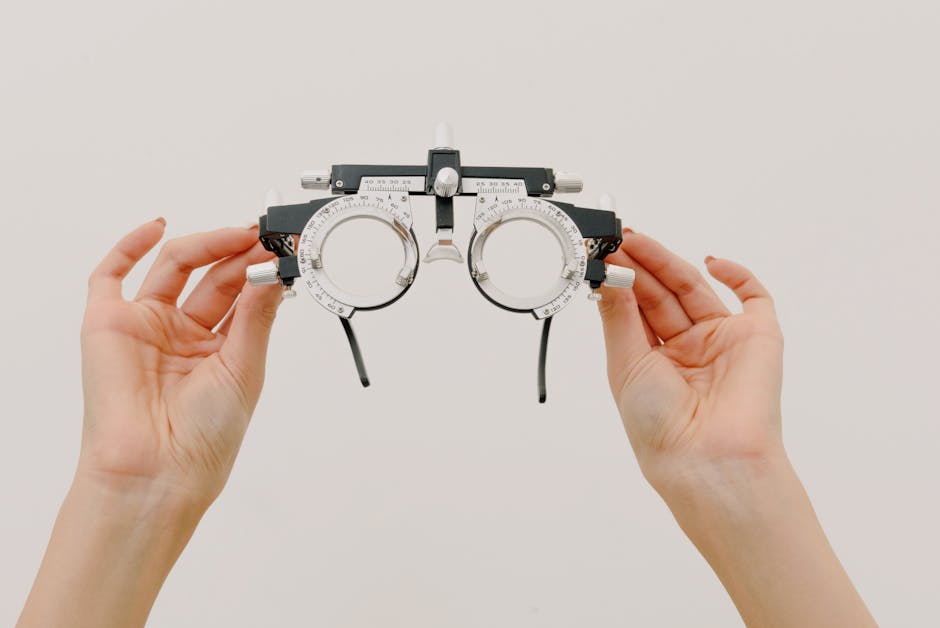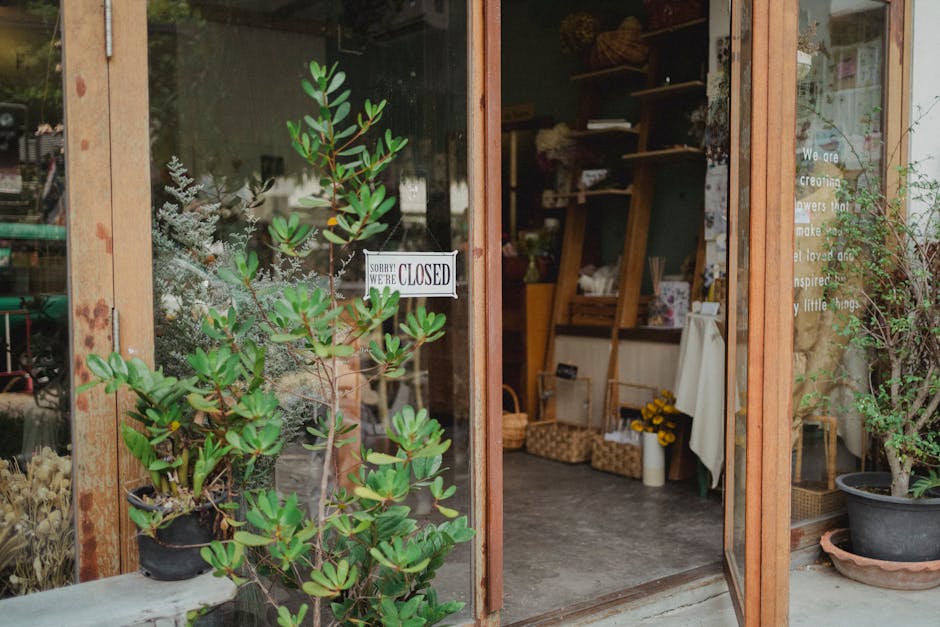Case Studies: Successful MVP Launches
You’re about to plunge into the most epic case studies of MVP launches that will make you wonder how you ever lived without them. Airbnb started as an air mattress in a San Francisco apartment, while Dropbox’s referral programme turned users into brand ambassadors. Uber disrupted the taxi industry with GPS, and Warby Parker pioneered try-before-you-buy glasses online. Spotify revolutionised music streaming, and Instagram mastered the art of aesthetics. These game-changers didn’t just launch, they soared. Want to know the secrets behind their success? Keep going, and get ready to level up your MVP launch strategy.
Key Takeaways
• Airbnb’s MVP launch in 2007 showcased a humble beginning, offering air mattresses to conference attendees, which eventually led to a global phenomenon.• Dropbox’s referral programme turned users into brand ambassadors, making growth almost effortless and sparking a viral loop strategy.• Uber’s disruptive market entry leveraged smartphones and GPS to create a seamless ride-sharing experience, revolutionising the taxi industry.• Warby Parker’s home try-on programme disrupted traditional retail by offering a risk-free, try-before-you-buy experience, eliminating anxiety and uncertainty.• Spotify’s freemium model and legal music streaming hack hooked users from the start, leading to rapid dominance in the music streaming industry.
Airbnb’s Humble Beginnings

You probably don’t remember the last time you crashed on a stranger’s couch, but that’s exactly what Brian Chesky and Joe Gebbia did in 2007, unwittingly laying the foundation for a hospitality empire. They inflated three air mattresses in their San Francisco apartment, called it ‘Air Bed & Breakfast,’ and charged attendees of a nearby design conference $80 a nite. Little did they know, they were about to disrupt the entire hotel industry.
The Airbnb origins story is a fascinating one. With a makeshift website and a handful of listings, the duo proved that people would pay to sleep on a stranger’s couch. The concept was bizarre, yet brilliant.
In 2008, Nathan Blecharczyk joined the party, and Airbnb 1.0 was born. The site was clunky, but it worked. Listings grew, and so did the problems. Scaling pains were real – remember, this was a start-up built on couch-surfing and ramen noodles.
As the user base expanded, so did the chaos. Payments were a mess, and customer support was non-existent. But Chesky and Gebbia persevered, fuelled by pizza and Red Bull. They worked tirelessly to refine their platform, tackling each scaling pain as it arose.
And arise, it did. Fast forward to today, and Airbnb is a global phenomenon, boasting millions of listings in over 191 countries. Who knew crashing on a stranger’s couch would lead to a $50 billion empire? Not Brian and Joe, that’s for sure. But that’s the beauty of MVP launches – you never know what humble beginnings might lead to.
Spotify’s Rapid Rise to Dominance

As you scrolled through your Facebook feed in the mid-2000s, chances are you stumbled upon a Swedish start-up’s clever hack to stream music legally, and Daniel Ek’s Spotify was about to change the game. You might’ve even signed up for an invite-only beta, curious about this newfangled music streaming thingamajig.
Fast-forward to today, and Spotify is the undisputed king of music streaming, with over 200 million active users worldwide.
So, what made Spotify’s MVP launch so successful? For starters, Ek’s team nailed platform innovation. They figured out a way to legally stream music, cutting deals with major labels and indie artists alike. This wasn’t just about tech; it was about understanding the music industry’s pain points and solving them.
By doing so, Spotify created a seamless user experience that made music discovery and playback a breeze.
The real magic, however, lay in Spotify’s freemium model. By offering a basic, ad-supported version for free, they hooked users from the get-go. Then, they upsold premium features like offline playback and ad-free listening, making it a no-brainer for serious music lovers.
This clever strategy propelled Spotify to the top of the music streaming food chain, leaving competitors in its wake. Today, Spotify is synonymous with music streaming – and it all started with a clever MVP launch that disrupted the status quo.
Dropbox’s Viral Loop Strategy

You’re about to learn how Dropbox’s clever referral programme turned users into brand ambassadors, making its growth almost effortless.
The secret sauce? A well-designed viral loop that incentivised users to spread the word, and cleverly designed mechanics that made sharing a no-brainer.
Let’s break down the clever tactics that made Dropbox’s viral loop a masterclass in user acquisition.
Referral Programme Design
Designing a referral programme that actually works is like finding a unicorn – it’s a mythical feat, but Dropbox’s viral loop strategy might just be the map to lead you to that elusive creature.
You’re probably thinking, ‘What’s the secret sauce?’ Well, it’s all about crafting an incentive structure that’s hard to resist. Dropbox’s referral programme offers a sweet deal: refer a friend, get more free storage. Simple, yet brilliant. The key is to create a win-win situation where both the referrer and referee benefit.
To take it to the next level, incorporate referral gamification. Dropbox’s programme uses a leaderboard to track progress, making it a fun, competitive experience. This encourages users to share more, increasing the programme’s virality.
And, let’s not forget social sharing – make it easy for users to share their unique referral link on social media platforms. The goal is to create a seamless experience that incentivises users to share, share, share!
Viral Loop Mechanics
By mastering Dropbox’s viral loop strategy, you’ll be highjacking human psychology to create an unstoppable referral machine that’ll leave your competition scrambling to keep up. It’s like having an army of loyal fans working for you, without having to pay them (win-win, right?).
Dropbox’s viral loop is built on social proof. When you invite friends to join, you get more storage space. Your friends get more storage space too. Boom! Instant social proof. Your friends think, ‘Hey, if my buddy uses Dropbox, it must be good.’ And just like that, your user base grows exponentially.
Dropbox’s viral loop is also a feedback loop. The more users you refer, the more storage space you get. The more storage space you get, the more users you’re motivated to refer. It’s a beautifully crafted cycle of mutual benefit that’s almost impossible to resist.
And that’s how Dropbox turned a simple file-sharing service into a global phenomenon.
Instagram’s Visual Focus Wins

Instagram’s visual-centric approach has been the secret sauce to its success, letting your followers feast their eyes on a curated feed that’s equal parts art gallery and FOMO-inducing highlight reel. You can’t help but stop scrolling when you stumble upon a stunning visual narrative that screams ‘aspirational lifestyle.’ That’s the magic of Instagram’s visual storytelling – it’s less about selling you something and more about selling you a dream.
At its core, Instagram’s MVP launch was all about creating an aesthetic identity that screamed ‘cool kid on the block.’ By focussing on high-quality visuals, Instagram created a platform that’s equal parts social network and coffee table book. It’s no wonder that influencers and brands alike are clamouring to create content that’s both visually stunning and strategically crafted to drive engagement.
What’s more, Instagram’s visual focus has also led to the rise of the ‘aesthetic economy,’ where users curate their feeds to showcase a specific style or vibe. It’s all about creating a cohesive visual narrative that screams ‘this is who I’m and what I’m about.’ And let’s be real, who doesn’t want to be an influencer with a million followers hanging on to their every post?
Instagram’s visual focus has single-handedly created a new economy built around visual storytelling, and it’s a game-changer.
Uber’s Disruptive Market Entry

You’re about to hop in a cab, but little do you know, the entire taxi industry is about to take a sharp turn – thanks to a young start-up named Uber, which is seconds away from disrupting the entire market with its sleek, tech-savvy, and ridiculously convenient ride-hailing app. It’s 2010, and this San Francisco-based upstart is about to shake things up in a major way.
Uber’s MVP launch was a masterclass in disruption. By leveraging the power of smartphones and GPS, they created a seamless ride-sharing experience that left traditional taxi companies in the dust. No more hailing a cab on the street or booking in advance; with Uber, you could summon a ride with the touch of a button.
The genius of Uber’s approach lay in its ability to tap into the existing infrastructure of private car owners, turning them into de facto taxi drivers. This not only reduced costs but also enabled the company to scale rapidly. As Uber expanded across cities, it sparked price wars with traditional taxi companies, forcing them to adapt or perish.
The result? A radical shift in the way people move around cities, with ride-sharing becoming the new norm. And Uber, the plucky upstart, was at the forefront of this revolution.
Warby Parker’s Home Try-On Success

You’re probably tyred of buying glasses online, only to realise they make you look like a bug-eyed alien.
Warby Parker changed the game with their home try-on programme, which lets you test-drive frames in the comfort of your own home (read: in your PJs, with a wine glass in hand).
Try Before You Buy
By offering a risk-free, try-before-you-buy experience, Warby Parker has cleverly sidestepped the pitfalls of online shopping, letting you test-drive their trendy specs from the comfort of your couch.
You get to try up to five frames for five days, absolutely free – no strings attached.
This genius move eliminates the anxiety of buying glasses online, allowing you to make an informed decision without committing to a purchase.
It’s like a free trial, minus the pressure of a salesperson breathing down your neck.
Warby Parker’s home try-on programme is, fundamentally, a product demo on steroids.
You get to experience the quality, fit, and style of their glasses firsthand, making it easier to fall in luv with the perfect pair.
By taking the uncertainty out of online shopping, Warby Parker has created a loyal customer base that’s hooked on their innovative approach.
Disrupting Traditional Retail
Warby Parker’s home try-on programme not only lets you test-drive specs from your couch, but it’s also a sly move that’s disrupting traditional retail – and we’re not just talking about the eyewear industry.
You get to try on up to five frames, and then send them back (no, really, it’s okay to send them back – they won’t be offended). This is personalised shopping at its finest, folks! You’re getting a tailored experience, without having to deal with pushy sales associates or cramped dressing rooms.
But here’s the genius part: Warby’s home try-on is seamlessly integrated with their online and in-store experiences. You can browse online, try at home, and then pick up your faves in-store.
It’s an omnichannel experience that’s got traditional retailers scrambling to keep up. By bridging the online-offline gap, Warby Parker’s MVP launch has set a new standard for retail. And honestly, it’s about time someone shook things up.
Conclusion
You’ve witnessed the birth of giants – Airbnb’s humble beginnings, Spotify’s rapid rise, Dropbox’s viral loop, Instagram’s visual focus, Uber’s disruption, and Warby Parker’s home try-on success.
These MVP launches didn’t just disrupt markets, they rewrote the rules.
Imagine the entrepreneurial landscape as a dark canvas, and these case studies as brushstrokes of innovation, illuminating the path to success.
Now, it’s your turn to pick up the brush and create your own masterpiece.
Contact us to discuss our services now!
